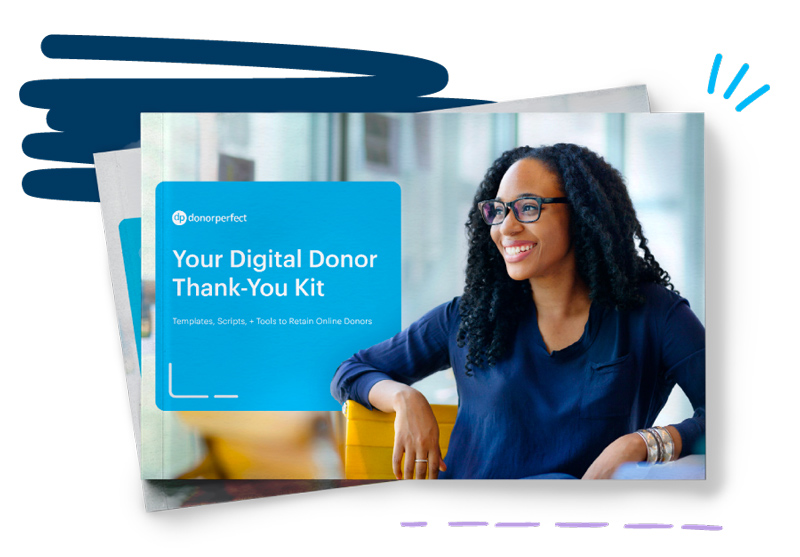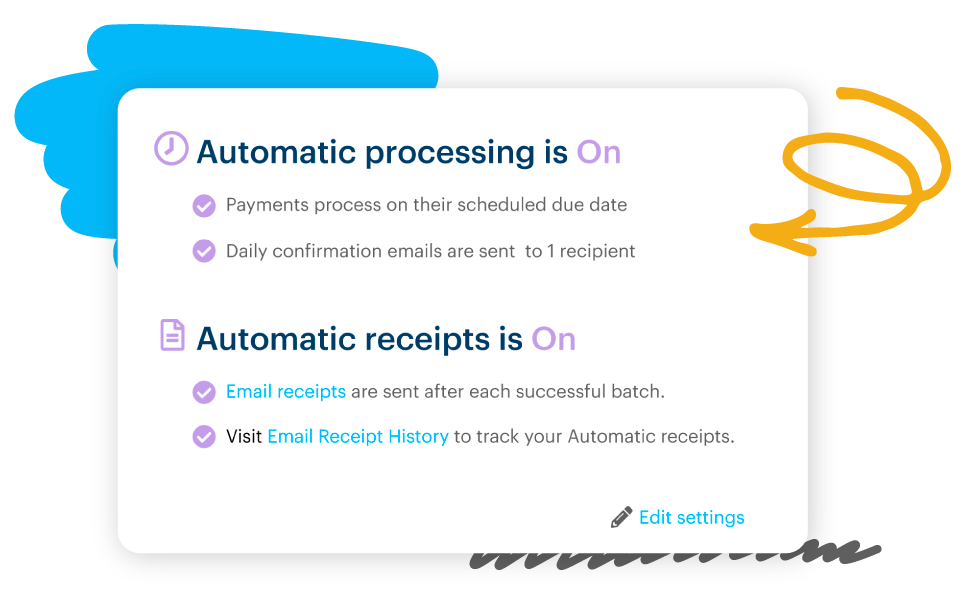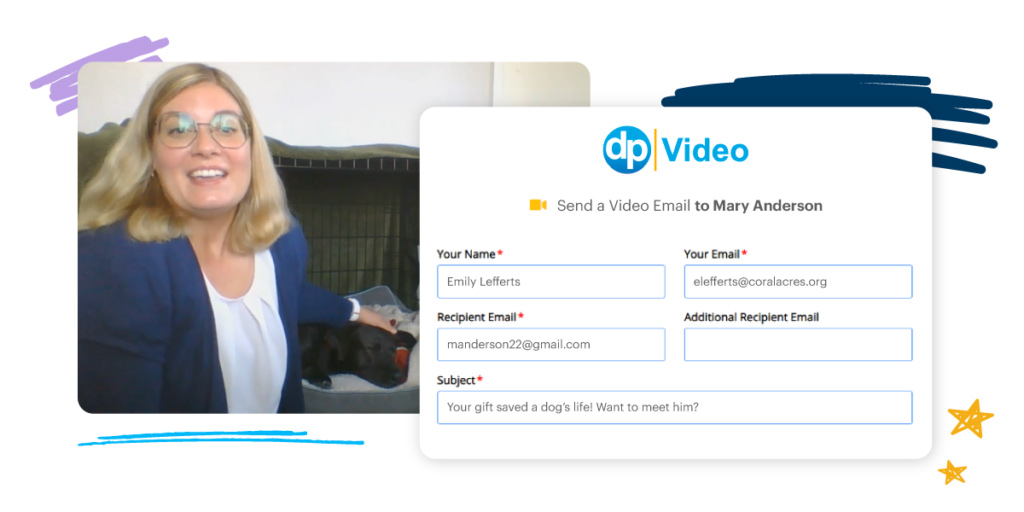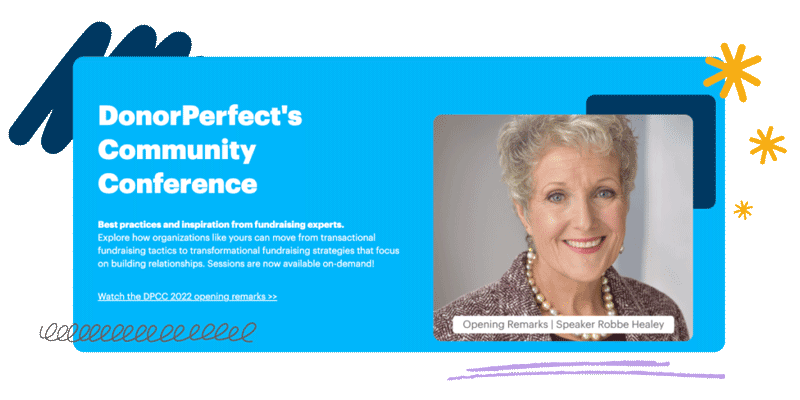Nonprofit Technology & Fundraising Blog
Subscribe to our mailing list

November 1, 2022 | Fundraising Communication, Year End
Have you heard of the Ben Franklin Effect? In his autobiography, Benjamin Franklin wrote, “He that has once done you a kindness will be more ready to do you another, than he whom you yourself have obliged.”
It describes a psychological phenomenon that occurs when a person who has done you a favor actually likes you more than they would if they had never helped you in the first place. Benjamin Franklin used this to his advantage when trying to turn enemies into allies, and with great success!
There’s a valuable lesson for fundraisers here. The people who have given or volunteered for your nonprofit in the past see your mission more favorably than they would if they never participated. And when you make them feel good about their decision to contribute, you’ll create a self-feeding cycle of fond feelings and loyal giving to your organization.
In short, even if you feel like a burden when asking someone for a favor (or a donation), most people really enjoy feeling useful and needed. Remember how good it felt the last time you helped someone out? Other people feel that way when helping you or your nonprofit, too.
With thoughtful stewardship, you can take your supporters’ feelings of goodwill and run with them, inspiring them to continue giving year after year.
Since it can cost up to ten times more to acquire a new donor than it does to retain a current supporter, your investment in stewardship will pay itself off tenfold.
That’s because donors who aren’t thanked for their gifts stop giving. Research indicates that a lack of acknowledgement is one of the top reasons donors stop giving or direct their giving elsewhere.
Simply saying thank you can set you apart from other nonprofits. Some research shows that only around 40% of nonprofits have stewardship plans, and many don’t thank their donors at all beyond the necessary tax receipt.
Want to keep your donors, save on costly acquisition projects, and ultimately raise more money? A little “thank you” goes a long way!
When you reach out to your donors for reasons other than asking for gifts, it helps you grow your relationship with them beyond transactional and into something more meaningful.
Thanking your donors, especially over the phone, opens the door to conversations and trust-building opportunities that you wouldn’t get without a gesture of gratitude. This year-end, try thanking your current donors and give them a little space to tell you why they give.
You’ll learn new things about your donors that you can keep in mind when approaching them for future gifts, and they’ll reinforce their own generosity by sharing their giving story, and remembering their “why.”
Your nonprofit is committed to doing good in the world, right? Stewardship is the time to walk that talk. Beyond any business case for thanking your donors (and the case is strong!), your supporters deserve to be recognized for freely giving to a good cause.
Charitable giving is a beautiful act of intentional love – the word “philanthropy” translates to “a love of humankind.” It’s impossible to trip, fall, and accidentally make a donation – your donors each went out of their way to learn about your cause and support it. That deserves to be celebrated!

Get your free Digital Donor Thank You Kit! »
Some statistics suggest that donors who are personally thanked for their first gift within 48 hours are up to 400 times more likely to give a second time than those who weren’t thanked.
For digital donors, you can set up an automatic email thank you that serves as a confirmation that their gift was processed, and buys you a little time to send a more personalized acknowledgement.

Text can be engaging, but your donors engage with the world in other ways, too. Form letters and handwritten cards are still great ways to thank your donors, but if you want something eye-catching, you could send a video showing how their support has impacted your mission.
You might also see how your mission translates uniquely to different media. Do you have photos from the past year that would make a great collage? Do you have musicians on staff who could offer their thanks in a quick song?

There are lots of great times to ask your supporters to give, but asking while you thank them for their most recent gift is not one of them. Give your donors a moment to enjoy your feelings of gratitude, and let them marinate in some positivity before your next ask.
Separating your thank-yous from your asks help your donors feel more personally connected to you, and less like ATMs that you only speak with when you need something.
Keep the conversation with your donors going by offering them the chance to speak. This could be with a return envelope in a letter, sending emails from an individual sender who has the bandwidth to follow up, or calling donors and inviting them to share their giving stories.

Help your donors feel special and valued by personally thanking them for their gifts. This doesn’t have to take a ton of time! You can create templates with merge fields that allow you to create multiple, yet still personal, communications at the same time.
Put yourself in your donors’ shoes and see which message resonates with you: “See how donors make a difference. Thank you for giving!” or “See how you have changed a life. We’re so grateful for you, (first name).”
Storytelling has enjoyed the spotlight recently – there’s evidence that suggests that humanity is wired to think in stories. We remember stories better than we remember disconnected facts, and we emotionally connect with stories in ways that drive us to act.
Don’t just throw a list of impressive but unrelated statistics at your donors – show them how your nonprofit has made a difference for one person (or animal, or school, etc.). Tell a detailed story that includes strong emotions, and pepper in your statistics along the way. Your donors will connect viscerally with the story, and use your numbers to see the full scope of your mission.

For more storytelling resources for nonprofits, check out recordings and other useful materials from our 2022 DonorPerfect Community Conference, Stories Worth Sharing.
DonorPerfect is here to guide you through year-end fundraising! Check out our Giving Tuesday and year-end websites for more helpful tools and resources.
Follow us on social!